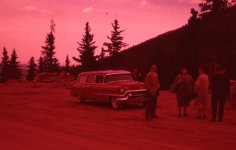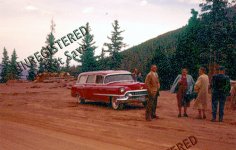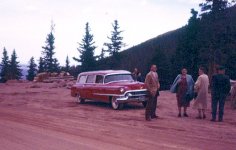pschauss
Well-known
I am scanning some 35 mm Ektachromes which my grandfather shot in 1956. As you can see from the attachment, the colors have faded and, possibly shifted (Is that the right term?). I have a copy of Photoshop Elements which came with the Epson V700 scanner that I am using. The Auto Color Correction option on the "Enhance" menu helps somewhat.
Is there anything better?
Is there anything better?



![slides_050%20copy[1]_edited-1.jpg](/data/attachments/48/48611-03e69c6597d0e23968c14aa59bf334a3.jpg?hash=A-acZZfQ4j)






